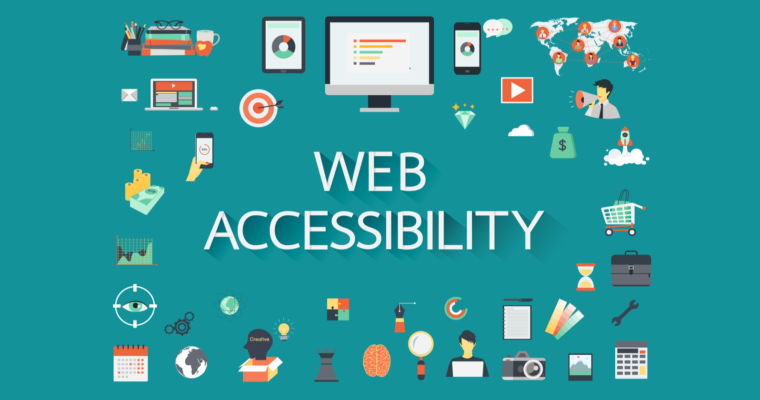
When most people hear “website accessibility,” they think of regulations, lawsuits, and boring compliance manuals. And sure, that’s part of the story. But the truth is, accessibility isn’t just about avoiding fines or checking a box. It’s about showing your users that you actually care.
You wouldn’t design a store with stairs and no ramp. So why build a website that locks people out?
Accessibility Is Good UX. Period.
At its core, website accessibility is about making sure everyone can use your site, regardless of ability, device, or situation. That means thinking about screen readers, keyboard navigation, color contrast, font sizes, and how your content flows.
But here’s the kicker: when you make a site more accessible for people with disabilities, you’re also making it better for everyone else.
Ever try reading a site in bright sunlight on your phone? Or navigating a page with one hand while holding a coffee in the other? Accessibility features help in those moments too. It’s not just about inclusion. It’s about function.
The Web Was Built to Be Open
Accessibility isn’t a trend. It’s a return to what the web was always supposed to be: usable by anyone, anywhere.
The original vision of the internet was for universal access to information. But somewhere along the way, fancy animations, complex menus, and cluttered layouts took priority over clarity and usability. Accessibility brings the focus back to users – real people with real needs.
It’s Not as Hard as You Think
You don’t need to be a coding genius to start making your site more accessible. Small changes like using proper headings, adding alt-texts to images, or making sure buttons can be tabbed through are a great start.
If you want to go deeper, tools like accessibility checkers can scan your site and show you where to improve. Some platforms even offer real-time remediation for existing websites.
There are also comprehensive resources out there, like this full guide to website accessibility, which breaks down everything from basic principles to the technical standards behind it all.
Accessibility = Reputation
People notice when your site works well for them. They also notice when it doesn’t.
An accessible site sends a clear message: “We see you. You’re welcome here”. It’s a signal that your brand cares about inclusion, user experience, and doing things the right way.
And in a world where online word-of-mouth spreads fast, that kind of reputation matters.
In the End, It’s Just the Right Thing to Do
Accessibility isn’t some abstract idea or legal obligation. It’s about people. It’s about making sure your message, product, or service is actually reaching the full audience it could.
When we talk about inclusivity, equity, or building a better digital world, website accessibility is where those ideas stop being slogans and start being real.
Keep an eye for more latest news & updates on Buzz Feed!




